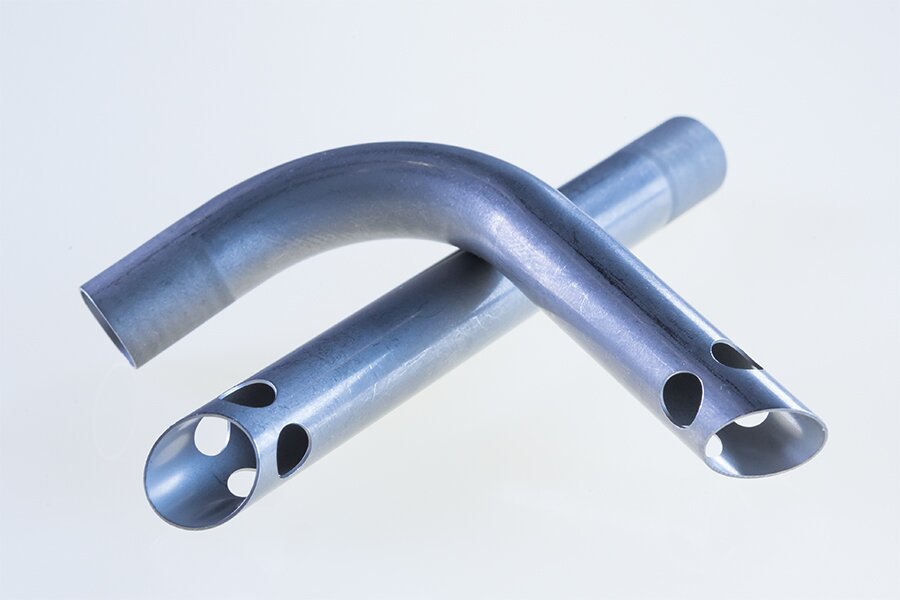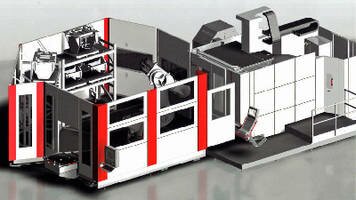A material that never fails on a race track – this is how we can dub the CF-PA-12 filament – a composite material enhanced with carbon fibre, which has found its use in 3D printing. This material has been used by the OMNI3D company to print an intake manifold for a race car, which has been tested on a race track during formula races.
An intake manifold of the PMT-02 race car has been created by Factory 2.0 printer withthe use of CF-PA-12 filament doped with carbon fibre. This is a composite material withpolyamide 12 (PA 12 carcass, enhanced with carbon fibre. It is particularly solid, highly stiffand resistant to ripping. The last feature is of particular interest here because carbon fibreis 2.5 times more durable that the popular ABS-42.
About its use Krzysztof Kardach, the main OMNI3D technologist, says the following: “Carbon fibre is used to produce parts for cars, drones – elements that are highly durableand light at the same time. Importantly, in some cases it can be implemented to replaceelements that have always been made of metal. What does that mean? It means that it isis ideal for parts’ engineering, final elements production, functional prototypes and tests ofconstruction, apparatus and accoutrement materials”.

PMT-12 race car. Source: OMNI3D
An example of CF-PA-12 filament’s use is the aforementioned manifold and a radiator tun-nel used in PMT-12 race car crafted by a Student Scientific Group at Rzeszów Polytech-nic. After the prototype and test period, the race car with elements printed by Factory 2.0debuted at the Formula Student 2018 international contest. The group marked its first bigachievement at races in Spain in July (July 16-22, 2018 Formula Student Andora). Theteam won the second place in the combustion classification, and also the special reward.
The is not the only use of CF-PA-12 filament. OMNI3D has once again shared the effectsof their work. At the Formnext trade fair in November in Frankfurt, a 180-kilogram Factory2.0 printer was hung on a light hook printed from the same filament.

Factory 2.0 printer at Formnext trade fair. Source: OMNI3D
OMNI3D team has been consequently working on improving their materials, not only in thecar industry. There are ongoing research and development works regarding materials forcivic aviation, which the European Airbus Group is interested in, and for the arms industryas well. The firm also participates in pro-ecological projects. It cooperates within the inter-national consortium with the University of Cyprus.
Simultaneously, a pioneer 3D FFF printing robot is also being developed. It will be usinginnovating materials based on, among others, the nano-ceramics and composite materialswith an unprecedented in FFF technology ripping resistance. OMNI3D, introduces, impro-ves and presents their clients with innovative solutions.
Source:OMNI3D

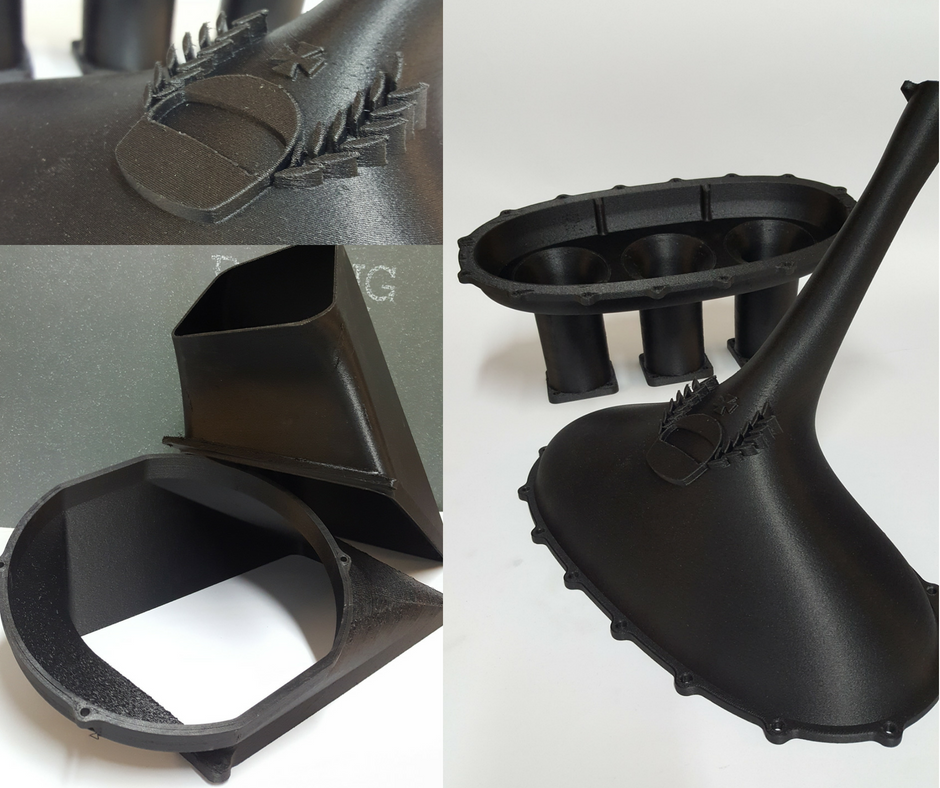
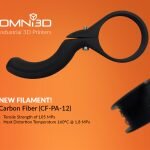 3D printing from carbon fiber materials
3D printing from carbon fiber materials
 3D Systems’ Figure 4 Platform Enables Rapid Application Group to Double Capacity – Accelerating Mission-Critical Production
3D Systems’ Figure 4 Platform Enables Rapid Application Group to Double Capacity – Accelerating Mission-Critical Production
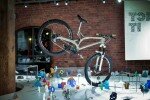
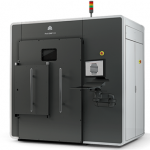 DMP Flex 350 and DMP Factory 350 Metal Printers at Formnext 2018 – Platform Approach Serving as Catalyst for Manufacturing Transformation
DMP Flex 350 and DMP Factory 350 Metal Printers at Formnext 2018 – Platform Approach Serving as Catalyst for Manufacturing Transformation
 SpaceX launches 3D-printed part to space, creates printed engine chamber
SpaceX launches 3D-printed part to space, creates printed engine chamber
